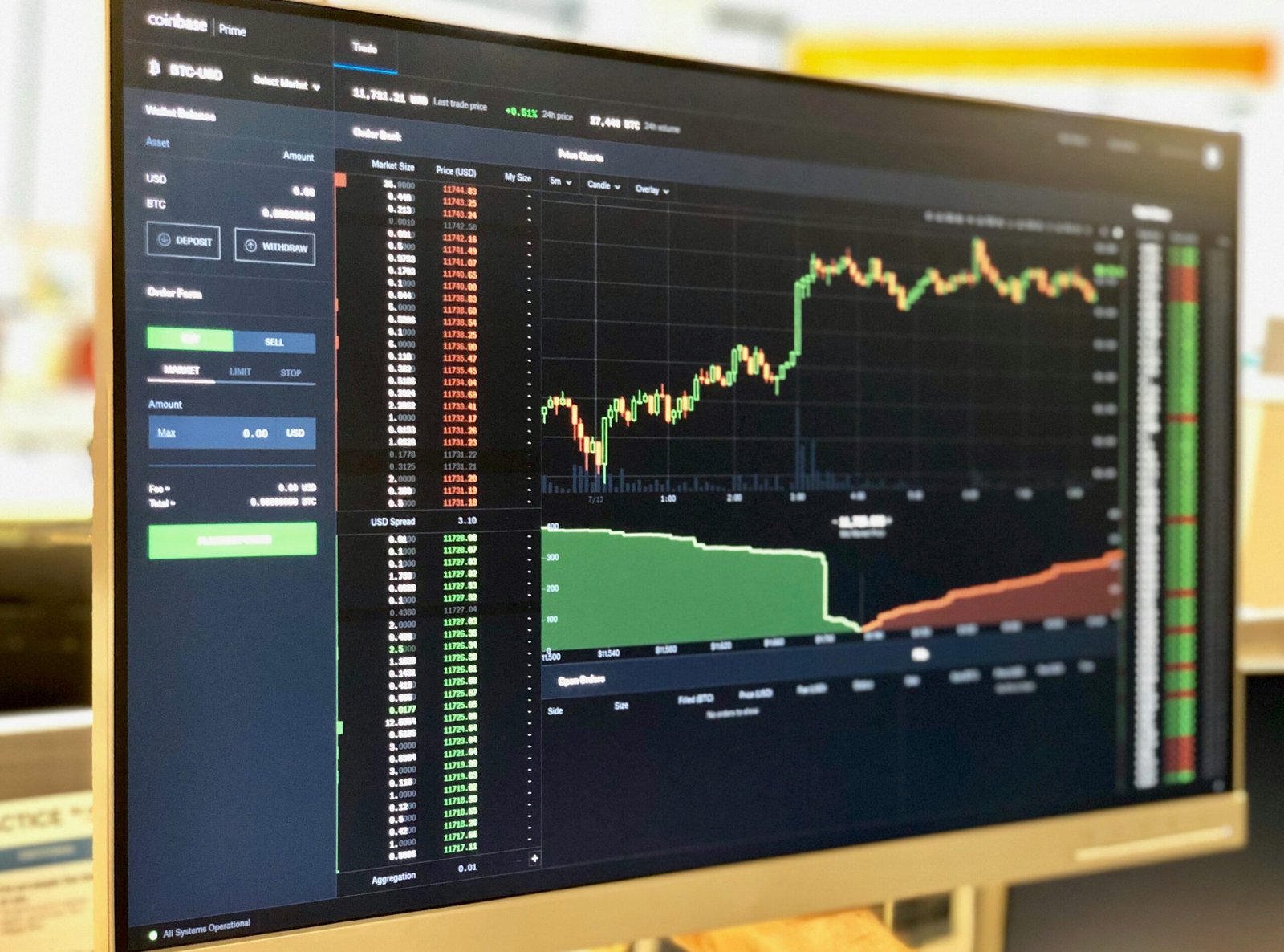Analyzing Bitcoin’s Taker Buy Volume Decline: Early 2024 Trends and Market Implications
Understanding Taker Buy Volume
Taker buy volume refers to the metric used to quantify the amount of Bitcoin that is purchased by market participants willing to accept the current market prices, as opposed to setting their own price through limit orders. This volume is recorded during transactions where buyers “take” liquidity from the order book, effectively purchasing Bitcoin at the prevailing rates. The significance of taker buy volume lies in its ability to provide insight into market dynamics, particularly in measuring demand for Bitcoin in real-time trading conditions.
The measurement of taker buy volume is generally straightforward. It involves analyzing transaction data from cryptocurrency exchanges to discern the total quantity of Bitcoin transacted through market orders over a specified period. This metric offers key indicators for traders and analysts interested in assessing the intensity of buyer interest within the market. An increase in taker buy volume often suggests heightened demand, which can contribute to upward price pressure as buyers compete for limited supply. Conversely, a decline in this volume may indicate waning interest or reduced buyer confidence, potentially foreshadowing downward price movements.
Understanding the impact of taker buy volume on price movements is essential for comprehending overall market trends. In an environment where taker buy volume is consistently high, it often correlates with bullish sentiment, signaling strong support for prices. Conversely, when the taker buy volume weakens, it may indicate fear or uncertainty among investors, as demand diminishes. Therefore, fluctuations in taker buy volume not only reflect immediate market demand but also serve as a broader indicator of prevailing market sentiment, giving traders crucial insights into potential price trajectories for Bitcoin.
Current Trends in Bitcoin's Taker Buy Volume
As of early 2024, Bitcoin's taker buy volume has experienced a notable decline, revealing critical insights into the current state of the cryptocurrency market. Taker buy volume refers to the number of buy orders executed at the market price, making it a vital metric for gauging market demand. Recent data indicates that this metric has dipped to lows not seen in several months, which raises questions about market sentiment and demand for Bitcoin.
Analyzing the figures from the last few months, the decline in taker buy volume is particularly stark when compared to the peaks observed throughout 2023. During the earlier part of 2023, Bitcoin saw unprecedented interest, attributed to various factors including market speculation and institutional investments. However, the beginning months of 2024 have painted a different picture, with a decrease in bullish indicators and a contraction in buying activity.
Market volatility further complicates the analysis, amplifying the concerns surrounding Bitcoin's future performance. Several external factors may have contributed to this decline in volume. Economic indicators such as interest rate adjustments and global geopolitical tensions are playing a significant role in influencing market participants' behavior. Additionally, recent regulatory discussions around cryptocurrencies have sparked uncertainty which could be affecting trader confidence and leading to a more cautious approach.
Moreover, notable events in the crypto space, including major market movements or updates from influential entities, may have also impacted retail and institutional trading activities. The combination of these factors points to a hesitant market environment, where potential investors are adopting a watchful stance rather than actively purchasing Bitcoin at previous levels. Understanding these trends is crucial as they will likely have considerable implications for the cryptocurrency's trajectory in the near future.
The Sellers' Dominance: Analyzing Market Sentiment
The current landscape of the Bitcoin market has been markedly defined by a dominance of sellers. This shift in market dynamics can largely be attributed to various sentiment indicators that reflect investor psychology. When evaluating the motivations behind this seller dominance, several factors emerge that encapsulate the broader market sentiment.
Firstly, adverse news events frequently play a crucial role in shaping market sentiment. Recent headlines highlighting regulatory scrutiny surrounding cryptocurrencies, particularly Bitcoin, have incited fear among potential buyers. Sellers may perceive these developments as signs of impending market instability, prompting preemptive sell-offs to minimize potential losses. This reaction enhances the prevailing seller sentiment and fortifies the decline in taker buy volume, as investors adopt a more cautious stance towards their trading strategies.
Furthermore, macroeconomic factors, including inflation rates and changes in interest rates, have influenced market behavior. Investors harbor concerns that rising inflation may diminish the appeal of Bitcoin as a hedge against traditional financial uncertainties. In this context, potential buyers may hesitate to enter the market, further empowering sellers to dominate market activity. The interplay of these macroeconomic indicators also contributes to a heightened sense of urgency among sellers, thus amplifying their control over the market.
Additionally, the regulatory landscape continues to evolve, presenting both challenges and opportunities for market participants. Changes in regulation often create uncertainty, prompting sellers to act decisively. The perception that regulatory developments could hinder Bitcoin's growth may discourage buyers, resulting in escalated selling pressure. These factors combined elucidate why the seller's sentiment currently prevails and provide insight into the observed decline in taker buy volume.
By comprehensively understanding these elements, one can better appreciate the motivations underpinning the current seller dominance in the Bitcoin market.
Future Implications for Bitcoin Traders and Investors
The decline in taker buy volume presents several notable implications for Bitcoin traders and long-term investors. As the market shifts towards a seller-dominant stance, it becomes essential for traders to adapt their strategies accordingly. This transition could indicate a potential reduction in market confidence, suggesting that buyers are retreating while sellers increase their market share. Understanding this dynamic is critical for traders seeking to navigate the evolving landscape of Bitcoin investing.
One of the primary future scenarios traders may encounter involves heightened volatility. Decreased taker buy volume can lead to more significant price swings, as less liquidity may exacerbate sell-offs. Consequently, traders should consider employing risk management strategies, such as stop-loss orders or position sizing adjustments, to mitigate potential adverse effects. Additionally, incorporating a diversified portfolio may allow traders to balance their risk across various assets during this uncertain period.
For long-term investors, a lowered taker buy volume might symbolize an opportunity to accumulate Bitcoin at favorable prices. While some investors may perceive market downturns as discouraging, others could see it as an advantageous entry point. Nonetheless, investors should remain vigilant and conduct thorough market analysis to assess underlying trends and potential rebounds in demand for Bitcoin. A careful approach is necessary to position themselves strategically, ensuring that their investment aligns with their long-term financial goals.
Moreover, it is vital to contemplate the broader implications for Bitcoin’s value and market trends as we move forward into 2024. The trends observed in taker buy volume may impact Bitcoin's price trajectory and its standing in the larger cryptocurrency ecosystem. As traders and investors adjust their approaches in response to these evolving market conditions, they must stay informed about external factors that can influence the broader financial landscape, including regulatory changes, technological advancements, and shifts in investor sentiment.


